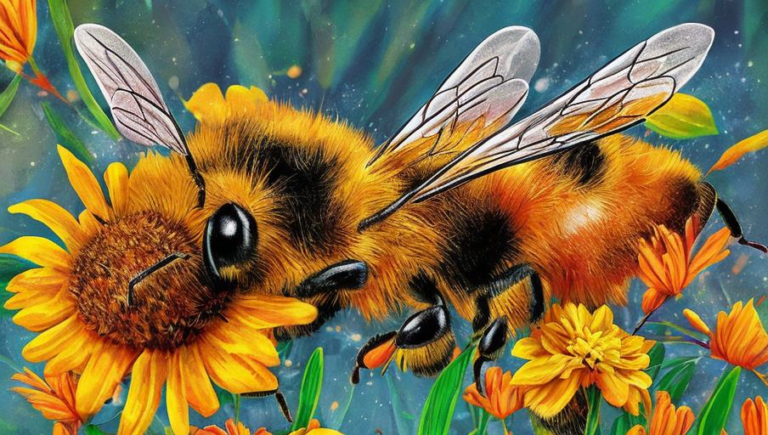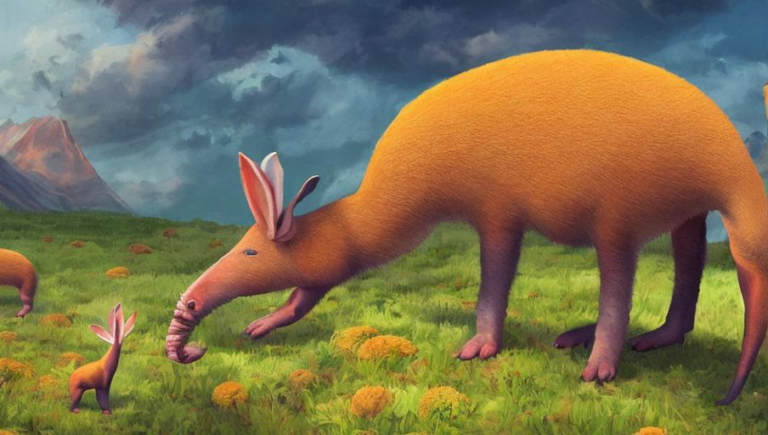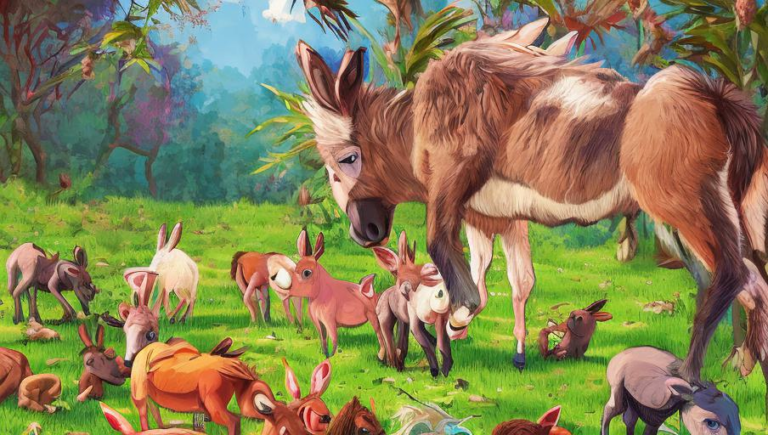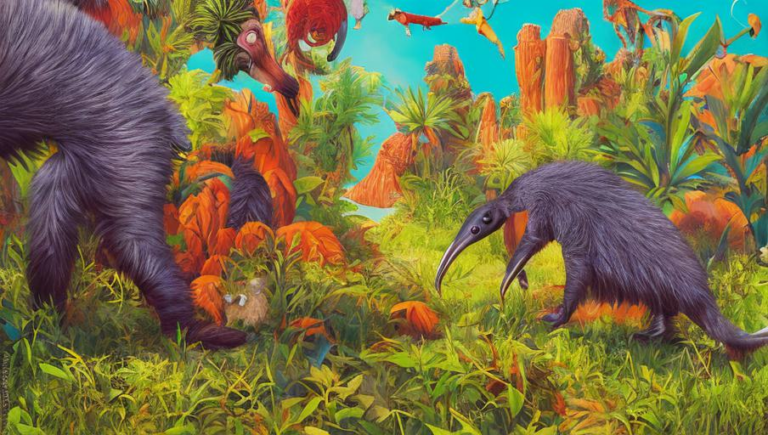Facts About Badger Anatomy
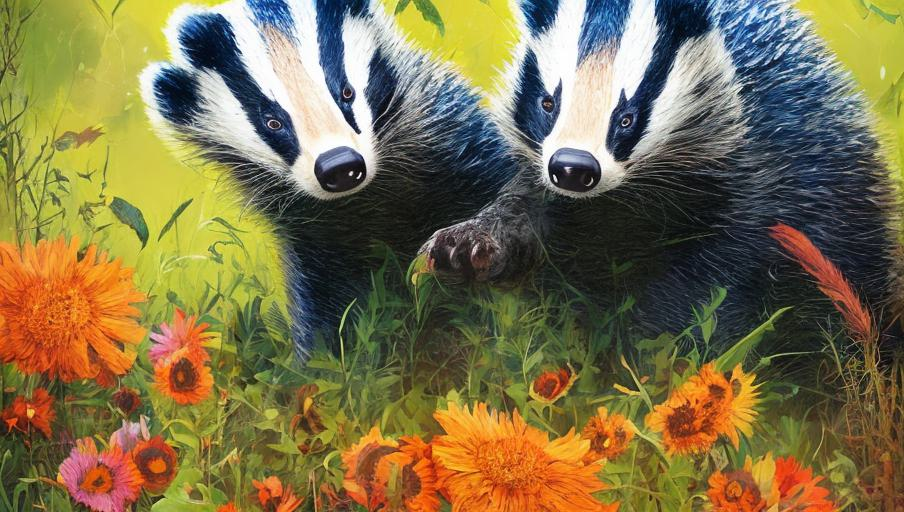
Introduction
Badgers are fascinating creatures found in many parts of the world. They are known for their unique anatomy, which is both adapted and efficient. In this article, we will explore the anatomy of a badger, and discuss the various adaptations that make it such a successful mammal.
Head and Face
The head of a badger is large and round, with a short muzzle and small eyes. They have strong, powerful jaws and long incisors, which they use for digging and foraging for food. The badger’s face is covered in thick fur, which helps to keep dirt and debris out of its eyes and nostrils.
Body
The badger’s body is built for digging and maneuvering through underground tunnels. It is short and stocky, with powerful legs and long claws. The badger’s fur is dense and coarse, and can be gray, black, or brown in color. Badgers also have a strong, musky odor, which they use to mark their territory.
Tail
The badger’s tail is short and thick, and is used as a rudder when the badger is burrowing. It is also used for balance when the badger is foraging for food.
Habitat
Badgers are found in a wide range of habitats, from forests to grasslands to deserts. They can even be found in some urban areas. Badgers dig burrows in the ground, and use these as their homes. They also use the burrows for protection from predators, as well as for hibernation during the winter.
Diet
Badgers are omnivores, and they feed on a variety of plant and animal matter. They will eat insects, small rodents, fruits, and roots. They are also known to scavenge on carrion, such as dead animals.
Behavior
Badgers are mostly solitary animals, although they will sometimes form small family groups. They are active during the night, and spend most of their time foraging for food or digging burrows. They are relatively peaceful animals, and will rarely attack unless they feel threatened.
Conclusion
Badgers are fascinating creatures, with an impressive anatomy that is adapted for digging and foraging. They can be found in a variety of habitats, and they feed on a wide range of plant and animal matter. Badgers are mostly solitary animals, and they are generally peaceful and non-aggressive. It is important to understand the anatomy of a badger in order to respect and appreciate these amazing creatures.


